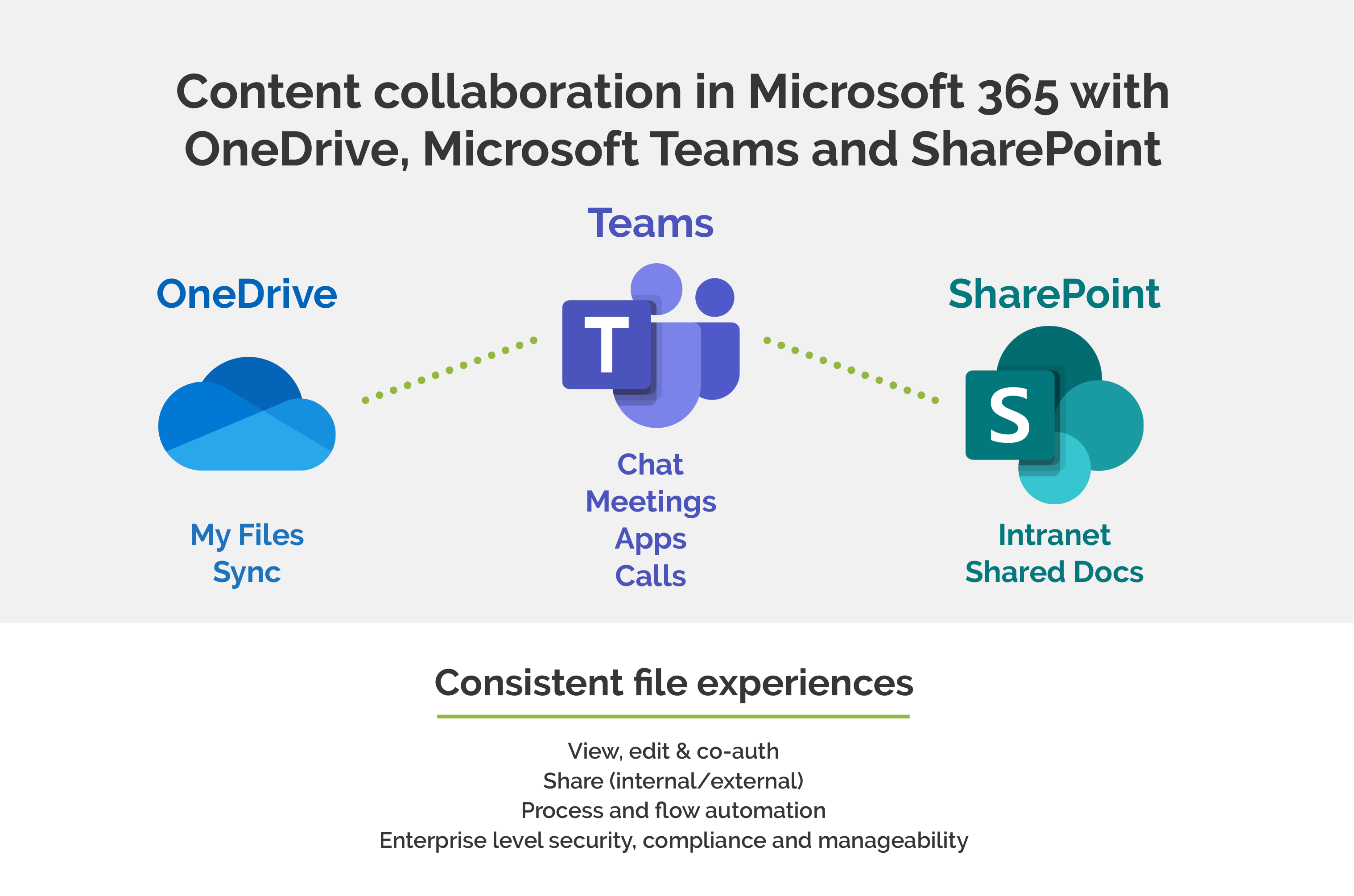

By saving documents in Microsoft 365, you remove your dependency on physical storage and reduce UQ’s cybersecurity risk. A misplaced laptop can mean both lost work and a cybersecurity risk to UQ. If you save files locally, a broken hard drive can mean months of lost work. Stability and security are further advantages of cloud storage. Documents saved to the cloud in Microsoft 365 can be co-authored, co-edited, and shared by team members with each other in real-time. CollaborationĬollaboration is at the centre of Microsoft 365, and the cloud enables this. Why am I saving to the cloud and not my PC?īefore addressing the cloud applications, it’s worth quickly discussing why it’s worth saving to the cloud, rather than locally on your PC, when using Microsoft 365. It is limited to Microsoft 365 storage and will not address storage solutions such as TRIM or the UQ RDM – for more information on using those platforms, visit Where to store your files and information. This blog, part of our Microsoft 365 adoption series, will explain the relationship between OneDrive, SharePoint, and Teams, as well as when to use each. Given how file storage has shifted from local network drives to cloud storage, many users aren’t completely sure of what goes where when it comes to their and their organisation’s documents. Many university staff now access documents saved to three distinct applications - OneDrive, SharePoint, and Teams – when saving files.


How do Teams, SharePoint and OneDrive integrate? What’s the difference between SharePoint and OneDrive?


 0 kommentar(er)
0 kommentar(er)
